
With the first half of this year’s MLB season officially completed, the obvious question is, What’s next?
The beauty of baseball – of sports, in general – is that we don’t know. No clue. No matter what the experts prognosticate, we truly have no idea. Sorry. But that’s why they play the games.
So, instead of trying to predict the next two-plus months of the season, today we’re going to look at what occurred in the first three-plus months. Or, more pointedly, what we have learned from the first half of the 2023 season.
Are the Cincinnati Reds for real? Are the St. Louis Cardinals destined to finish last in their division for the first time since BYU’s Ty Detmer won the Heisman Trophy (1990)? Will both New York teams miss the postseason?
It’s not possible to answer those questions with authority yet. But we can tell you how we got
here.
Here’s what we’ve learned so far about the MLB 2023 season.
Atlanta Braves are the team to beat
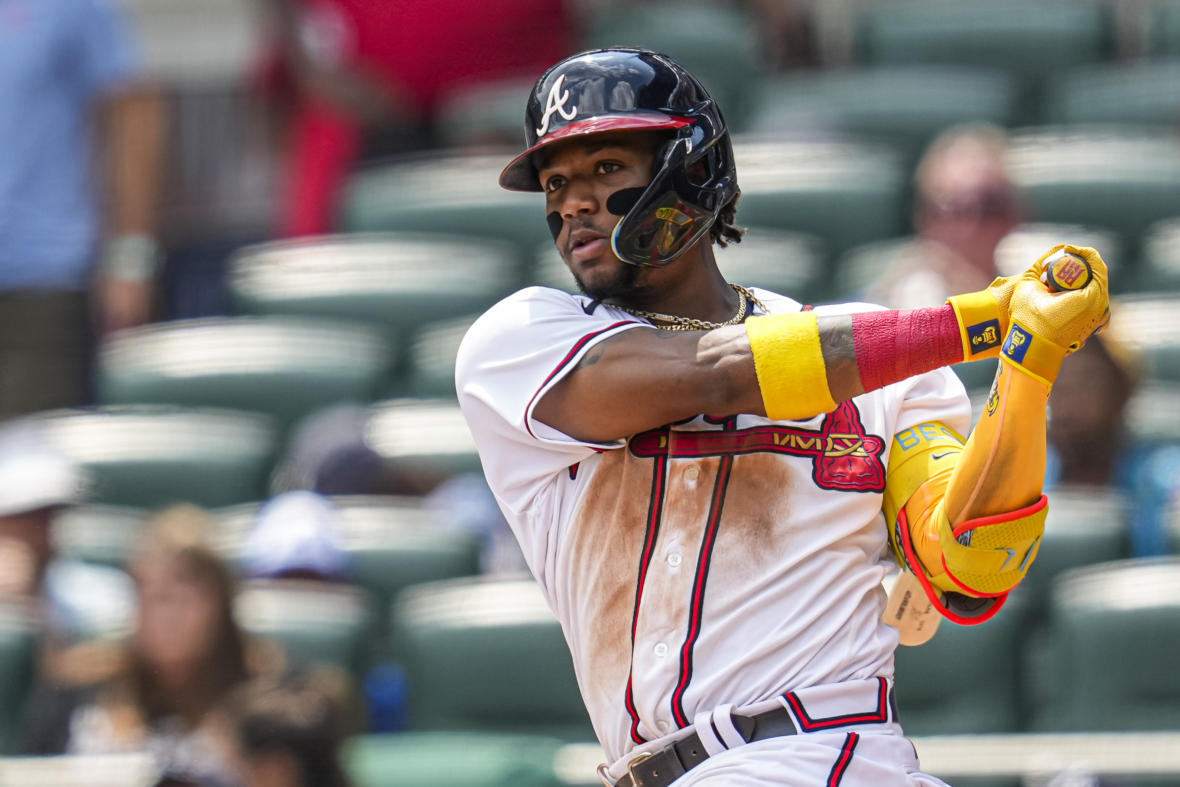
Of the expected favorites heading into this MLB season, only the Braves have exceeded expectations. And they’ve hammered them like Hank.
They have 60 wins at the break, which is on pace for 109 victories. That would be the most wins in franchise history, topping 106 regular-season victories in 1998.
They are currently first in the majors in OPS (.831) and first in ERA (3.63). They have the first-half National League MVP in Ronald Acuña Jr., who is the first player in MLB history with more than 20 homers and 40 steals at the All-Star Break, and a pitching staff that has been excellent even without Max Fried (forearm strain) and Kyle Wright (shoulder inflammation) for much of the season.
Atlanta (60-29) is 27-5 since June 2 and the Braves should get a boost with the imminent return of Fried, who was the NL’s Cy Young Award runner-up in 2022. They’ve risen from fifth in Vegas to start the season to the prohibitive favorite to win the World Series. And it wouldn’t be surprising if they made some tweaks at the trade deadline to shore up an already deep roster.
Shohei Ohtani is incomparable
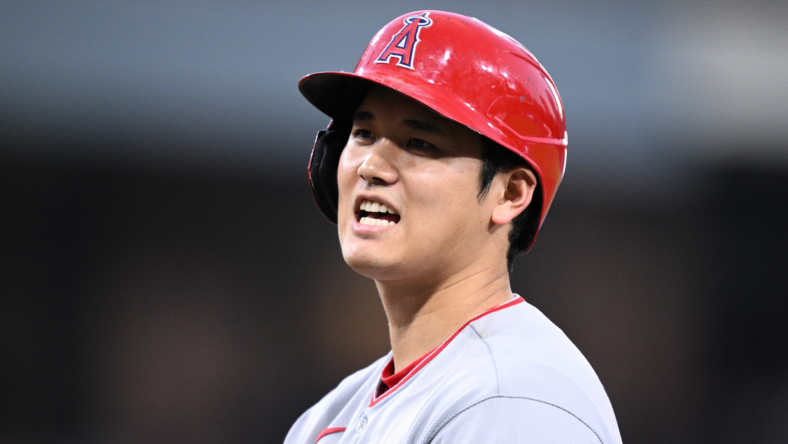
One prominent national writer recently declared the American League MVP race to be over. That’s probably a little too “Dewey Defeats Truman,” in early July. But, yes, a legitimate case can be made that if Ohtani stopped now, he has done enough to win the award, which would be his second in three seasons.
Offensively, the Los Angeles Angels’ 29-year-old superstar is first in the AL in homers (32), triples (6), total bases (226), OPS+ (182), slugging (.663) and OPS (1.050). He was five RBIs and 22 points away from claiming a first-half Triple Crown.
Oh, yeah, and he can pitch a little, too.
Ohtani is 7-4 with a 3.32 ERA in 17 games and 100 1/3 innings pitched. Of starters with at least 100 innings so far this season, his 67 hits allowed are the lowest in the majors and his 132 strikeouts rank third in the AL.
It’s not new that this guy is special. But Ohtani has picked it up a notch in 2023 – and has shattered any comparisons to baseball’s most famous two-way phenom, Babe Ruth.
Consider that Ruth’s best pitching season was his tremendous 1916 with the Boston Red Sox, when he was 23-12 with a 1.75 ERA in 44 games and an incredible 323 2/3 innings logged. That year, though, he had only 152 plate appearances, batting .272 with a .741 OPS and three homers.
Ruth’s best combo season was in 1919 with Boston when he led the majors with 29 homers, 113 RBIs and a 1.114 OPS in 543 plate appearances while posting a 9-5 record and 2.97 ERA in 133 1/3 innings pitched. That was basically the end of his two-way career, pitching only 31 innings total after being sold to the Yankees.
Put another way: The most homers Ruth ever hit in the same season in which he struck out at least 40 batters was 11 longballs in 1918. Ohtani hit 15 homers and struck out 37 batters this June.
This isn’t to lessen Ruth’s Hall of Fame career. It’s simply to show that no one comes close to doing in one season what Ohtani has accomplished on the mound and in the box. And there’s still a half to play in 2023.
The tankers are coming, the tankers are coming
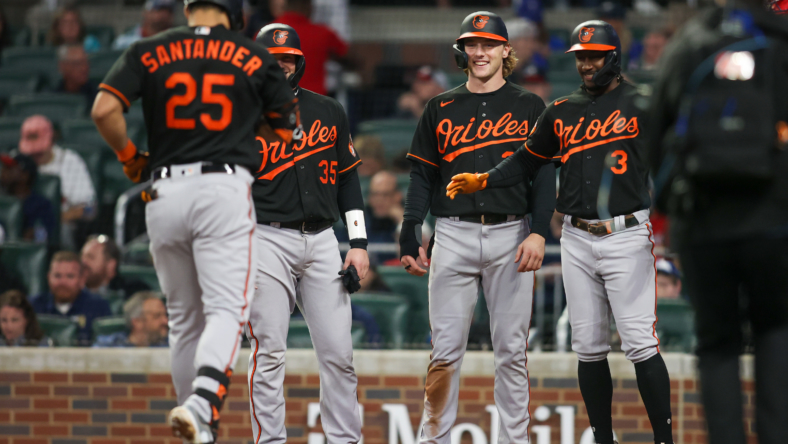
Remember when small-market MLB teams were trading away veterans for prospects, putting inferior products on the field and drafting high in multiple seasons? Remember when that ruined the game of baseball?
Well, you may want to toss the bully pulpit into the shed for a little while.
The Baltimore Orioles (54-35), who haven’t been in a World Series since 1983, have the third best record in baseball at the break. They have as many or more wins this year in the first half than they had in full seasons in 2018 (47), 2019 (54) and 2021 (52).
The Reds (50-41) are in first place in the National League Central, a division they haven’t won since 2012. They’ve bounced back from a 62-100 record last year, only the second time in franchise history they lost 100 or more games.
The Arizona Diamondbacks (52-39) are tied with the mighty Los Angeles Dodgers for the NL West lead, a division they haven’t captured since 2011. The Diamondbacks lost 110 games in 2021, second most in club history.
The Miami Marlins (53-39) have the second highest winning percentage in the National League and would be the top NL wild card team if the season ended today. The franchise has been in the playoffs once since capturing the World Series in 2003, and lost 93 or more games in their last four full seasons.
You can also throw in an AL-West leading Texas Rangers (52-39) club that hasn’t finished above third place since its last playoff appearance in 2016.
Sensing a trend here? The have-nots suddenly have.
These don’t look like fluke first halves, either. The Marlins have one of the top young pitching staffs in baseball and the game’s best hitter in Luis Arráez. Meanwhile, the Reds (Elly De La Cruz), Orioles (Adley Rutschman, Gunnar Henderson), Diamondbacks (Corbin Carroll) and Rangers (Josh Jung) boast a few of the most intriguing 25-or-younger players in the sport.
It’s possible a few cool off in the second half, but it wouldn’t be surprising if at least four of these teams make the postseason.
Money can’t buy you … pennants?
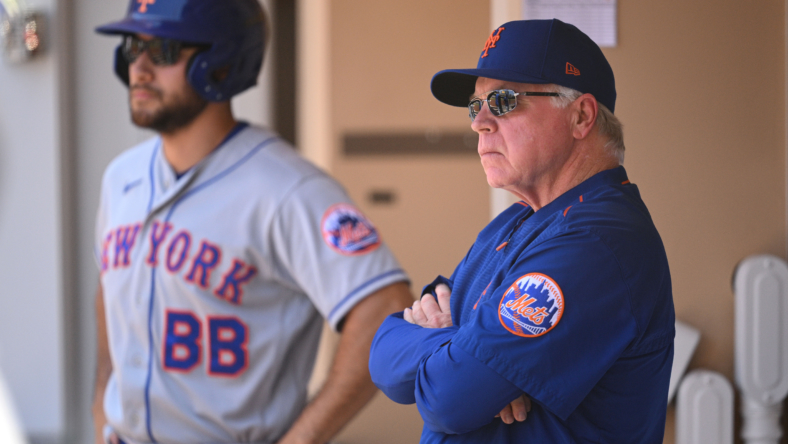
On the flip side, the first half of 2023 has not been kind to the MLB big-market, big spenders.
According to Spotrac’s payroll tracker, of the six highest payrolls in the sport, only one would make the playoffs if the season ended today: The Dodgers.
In comparison, of the bottom six in payroll, four would make the playoffs: the Tampa Bay Rays, the Orioles, the Reds and the Cleveland Guardians.
The New York Mets are obviously the worst bang-for-the-buck right now. Their total payroll is projected at nearly $350 million, and their 26-man roster is $262 million, both by far the highest in baseball. Their .467 winning percentage is the lowest among top 10 spenders.
Two other teams in top 10 in payrolls – the San Diego Padres (third) and the Angels (sixth) – are also playing sub .500 baseball. The New York Yankees, second overall with a $279 million payroll, are currently fourth in the brutal AL East.
It’s been a tough year for those who continually bemoan the disparity of baseball’s payrolls.
A quicker game it is
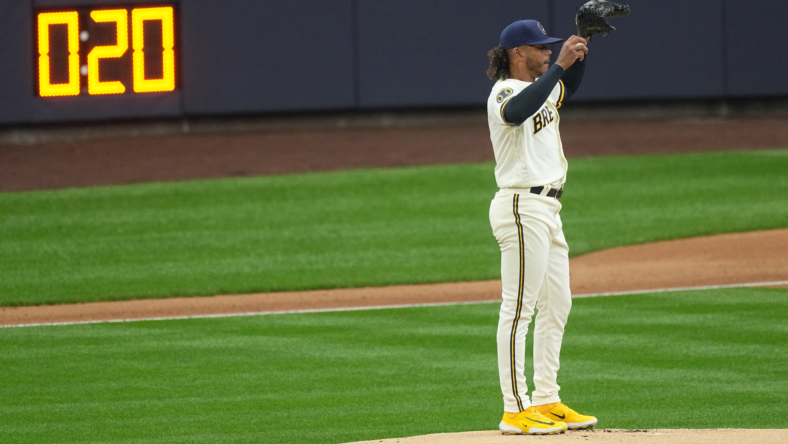
There was some concern as to how the new pitch clock rule would affect baseball, and whether it would be a major distraction.
It was. For about a week. And now it’s become unnoticeable for most fans and just a slight irritant for most players. But it absolutely, positively has made games move more quickly.
The average time of game this year, according to baseball-reference.com, is two hours and 40 minutes. Last year, MLB games averaged 3:06. That’s a 26-minute difference per game between this year and 2022 and a whopping 31 minutes from 2021, when the sport set its record for longest average game time.
Despite the time drop, average pitches per at-bat has stayed about the same – 3.90 so far this year as compared to 3.89 in 2022 and 3.91 in 2020 – while plate appearances per game have increased slightly from 74.9 last year to 75.6 this year. Runs per game have jumped from 8.57 in 2022 to 9.14 so far this season, which would be the highest mark since 2020. Furthermore, 20 of the 30 teams have scored, on average, more runs this year than they did in 2022.
Obviously, other newly instituted rules involving shifts and baserunning have helped create that increase, but what we’re seeing is slightly more offense and action in significantly less time.
Meaning what has been cut out most of us won’t ever miss.
Dan Connolly is an MLB Insider for Sportsnaut. Follow him on Twitter.
